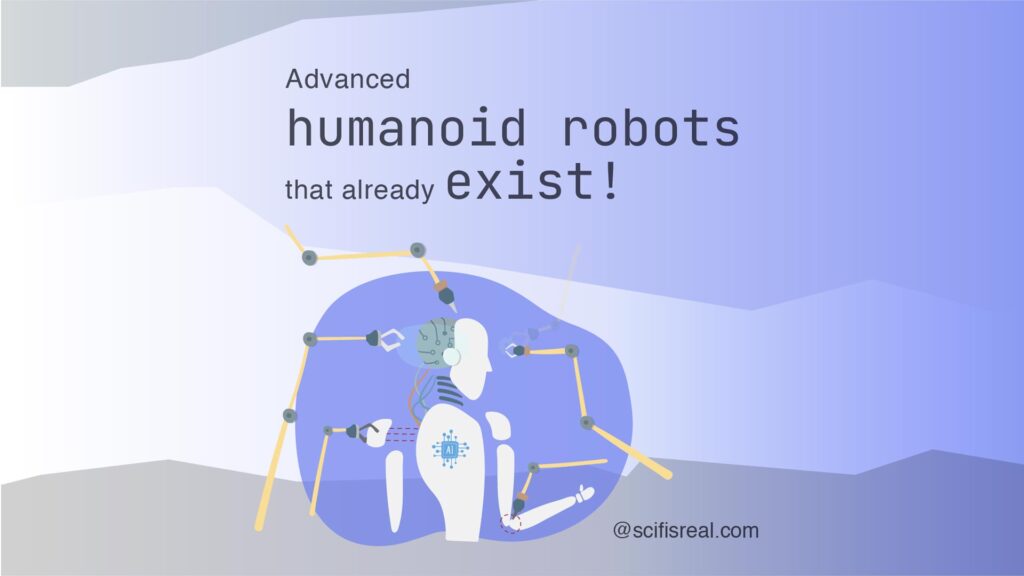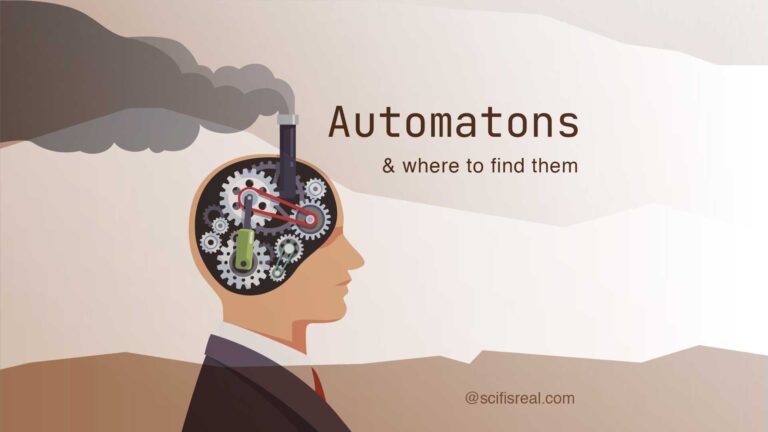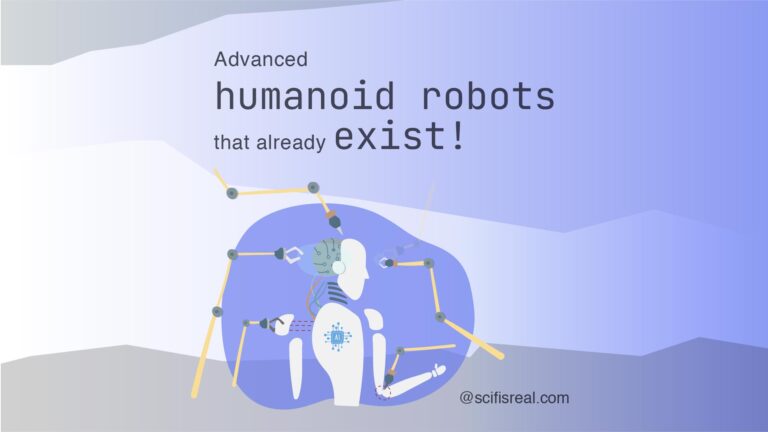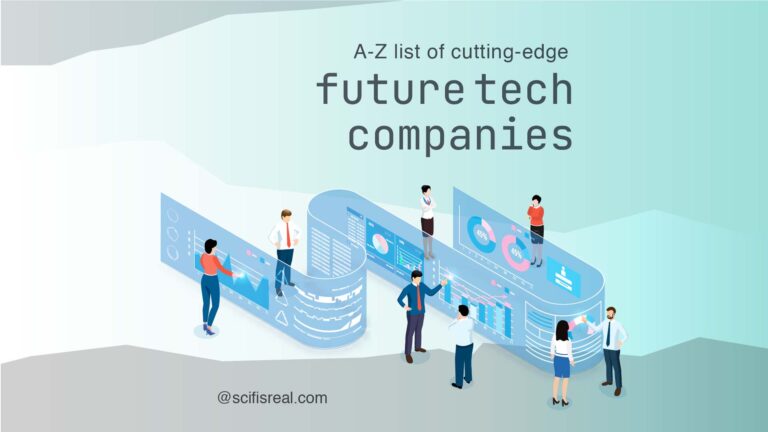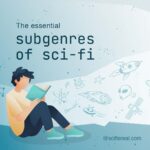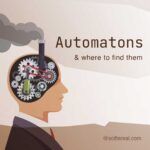AI art is changing how we create art
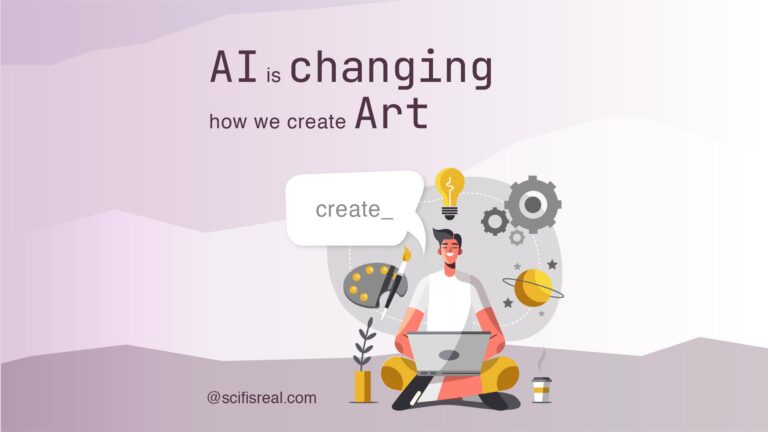
It is no secret that artificial intelligence (AI) is rapidly changing the way we live and work. From self-driving cars to smart speakers, AI is increasingly becoming part of our everyday lives. And now, AI art is also changing the way we create art.
In the past, creating art was a strictly human endeavor. But thanks to AI, that is no longer the case. With the help of generative AI, anyone can now create AI art that is indistinguishable from that created by humans.
There are already a number of AI created artworks that have been sold at major auctions for tens of thousands of dollars. And as AI technology continues to evolve, it is likely that AI-created art will become even more popular and valuable.
The ethics behind using AI to produce and sell art
What are some ethical considerations of generative AI art? There are a number of ethical considerations to take into account when creating AI art. For example, should the artist have control over how their art is used? And what happens if an AI-created work of art is sold for a high price? Who gets the money?
Another ethical consideration is the impact of AI art on human artists. Will AI make human artists obsolete? It’s possible but unlikely. It is more likely that AI will simply change the way we create art, rather than replace human artists altogether.
At the end of the day, it is up to the artist to decide how they want to use AI in their work. As long as the artist is aware of the potential ethical implications, they can make an informed decision about whether or not to use AI in their art.
Some believe that AI-created art is not really art at all and that it threatens the future of human artists. Others argue that AI-created art is simply another form of art and that there is nothing wrong with using AI to create it.
Whatever your opinion on the matter, there is no denying that AI is changing the art world in a big way. And it will be interesting to see how the art world adapts to this new technology in the years to come.
Can AI create truly unique art?
The short answer is yes, AI can create truly unique art. However, it is important to understand that the term “unique” is subjective. What one person may consider being unique, another person may find to be unoriginal.
With that said, there are a number of ways in which generative AI can create art that is objectively unique. For example, an AI-created painting may be the only painting in existence that includes a certain combination of colors or shapes. Or an AI-created sculpture may be the only sculpture in existence that is made from a certain material.
So while uniqueness is subjective, there are some objective measures by which AI-created art can be judged as being truly unique. And as AI technology continues to evolve, it is likely that AI-created art will become even more unique and valuable.
With the advent of technological advances, it was only a matter of time before someone developed artificial intelligence that could create works of art. And that’s exactly what has happened. In the past few years, AI art has emerged as a new form of art, with some AI-created artworks selling for tens of thousands of dollars.
So, how is AI changing the way we create art? And what are the pros and cons of AI art?
On the plus side, AI art is often created by algorithms that can generate an infinite number of variations on a theme, making it possible to create truly unique works of art. AI art is also often created by robots or other machines, which can be programmed to create art that is realistic or abstract.
On the downside, some people believe that AI art lacks the soul or emotional connection of art created by humans. Additionally, because Text-to-image AI Art is often created by algorithms, there is a risk that it could be created without any input from humans at all, which some people believe would be unethical or deceiving.
In what fields can AI produce art?
AI art can be created in any field where there is a need or desire for artistic expression. This includes, but is not limited to, painting, sculpture, photography, music, and filmmaking. Additionally, AI art can be created in fields such as architecture and web design.
Some people believe that AI will eventually replace human filmmakers altogether. However, this is unlikely to happen any time soon, as AI still lacks the ability to understand and replicate the emotional nuances of human behavior. Nonetheless, AI is already being used in filmmaking, with some directors using AI-created visual effects in their movies. An AI produced film example is “Sunspring,” starring Thomas Middleditch, which was written by an AI and directed by Oscar Sharp.
What are some examples of AI art?
Some examples of AI art include:
- A painting created by Obvious, a Paris-based collective, sold for $432,500 at Christie’s auction house in 2018.
- A sculpture created by the robot artist Kacie Kinzer, was displayed at the Whitney Museum of American Art in 2019.
- The music album “Mozart’s Requiem,” which was composed by the AI bot Flow Machines and released by Sony Music in 2017.
- The movie “Sunspring,” written by an AI and directed by Oscar Sharp.
- The architecture of the Mark.AI office building in San Francisco, designed by an AI algorithm.
How to get started in making AI Art
If you’re interested in making AI art, there are a few things you’ll need to get started. First, you’ll need access to an AI platform. You’ll also need some knowledge of programming and data science. Finally, it will be helpful if you have an artistic background so that you can understand how to best use AI to create art.
Some of the currently best AI Text-to-image generators used to produce art include:
- MidJourneyAI
- Dall-E
- Deep Dream Generator by Google
*Coming soon: Our side-by-side comparison and review of the best generative AI text-to-image composers.*
What are the limitations of AI visual tools?
The biggest limitation of AI visual tools is that they require a lot of computing power to generate the results you want. This can be expensive and time-consuming. Additionally, AI visual tools often require a lot of training data in order to produce good results.
It is important to remember that AI art is still in its infancy. As such, there are bound to be limitations and problems with the technology that will need to be ironed out over time.
As AI design tools use are based on machine learning, the Text-to-image AI Art results they produce are based on a set of data that has been fed into the system. This can often lead to results that are not what you intended or expected.
Additionally, using AI tools can also lead to a homogenization of art as the results will often be similar to each other. It is important to remember that while AI tools can be helpful in creating art, it is still up to human interpretation and creativity to create truly unique and meaningful works of art.
Is AI art the future of art?
AI is changing the way we create art by making it possible for algorithms to generate unique and limitless variations, as well as allowing for the use of robots to create art. While some people believe that generative AI art lacks soul or emotional connection, others see it as an exciting development in the world of art. To get started in making AI art, you’ll need access to an AI platform and some knowledge of programming and data science. However, there are limitations to the technology, including reliance on computing power and training data, as well as potential unexpected outcomes. As AI art continues to develop, we can expect to see more unique and thought-provoking pieces being created in the future.
